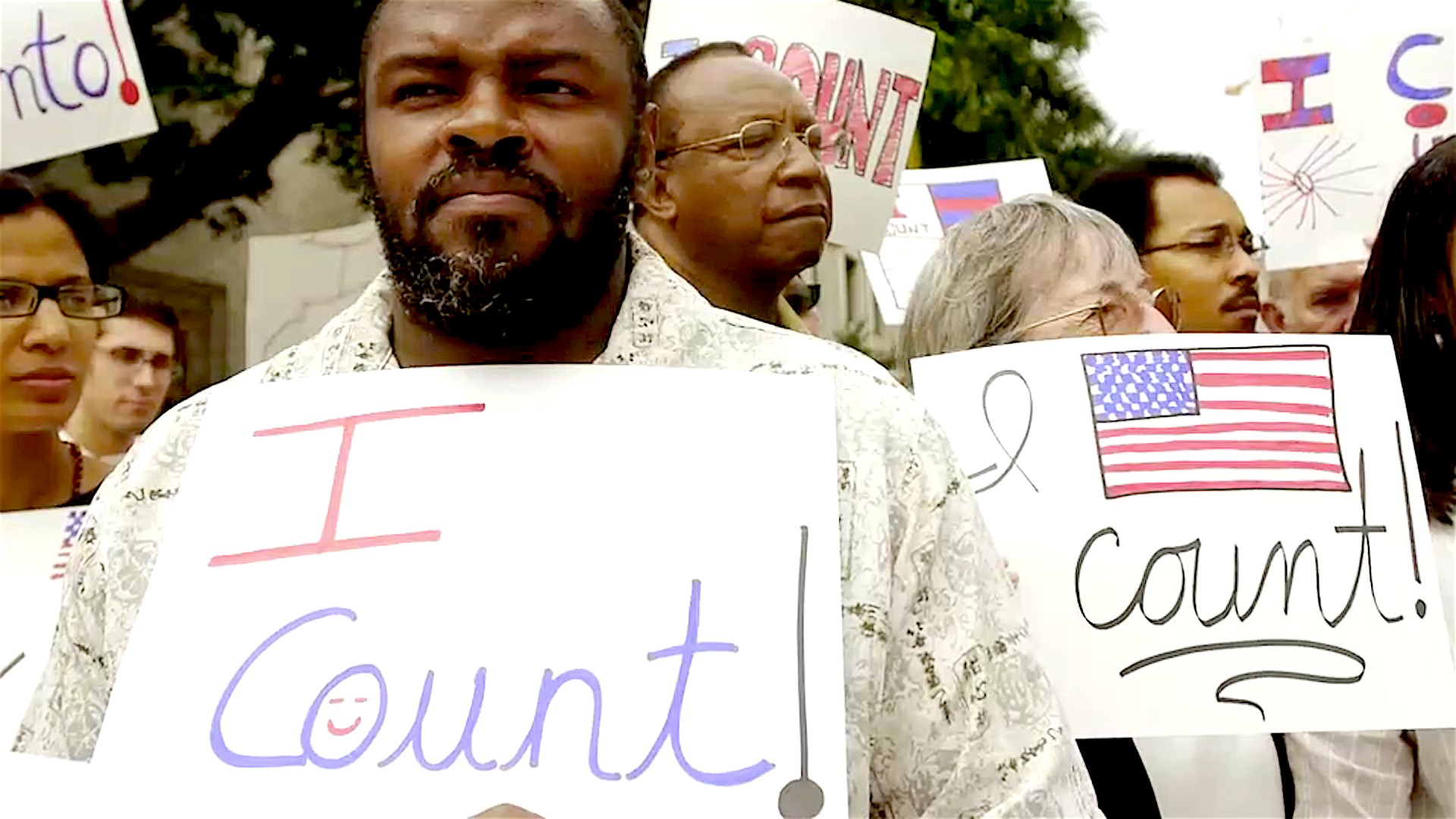Average voter turnout among OECD countries – an intergovernmental organization that promotes economic development and international cooperation – stands at 75 percent. The United States pales in comparison to that number. Its percentage trailed most of its peers, ranking 28th among 35 countries. In the 2016 presidential election, only 56 percent of the country’s voting-age population cast a ballot. But nearly as striking is how unevenly political participation is spread. Those who did vote did not make up a representative sample of America’s electorate.
Advertisement
A 60-year-old with a college degree is three times as likely to vote as a 25-year-old with a high school diploma. Only 47 percent of eligible adults with household incomes of less than $20,000 per year voted in 2012, compared with an 80 percent turnout among those with annual earnings of $100,000 or more. Also, cases of voter suppression erupted in many neighborhoods, barring ethnic minorities and poor families from voting.Of course, there are countless reasons why these demographics would choose to stay at home on election day, including defiance towards institutions, disappointment with policy platforms or distrust of both governing parties. But despite sharing similar sentiments, these social groups turn out in higher numbers in other leading democracies.VICE Impact took a look at methods that have proven effective in getting youth, minorities and low-income families to look out for their best interests.Roughly 6.1 million Americans were barred from voting in the last presidential election due to ex-offender disenfranchisement - stripping voting rights from citizens otherwise eligible to vote due to conviction of a criminal offense. While many other democracies allow inmates to vote, including Canada, Denmark, Finland, France, Japan, the Netherlands and Sweden, the United States is not alone in stripping convicted criminals of certain civic rights.
Check out more videos from VICE:
Felony disenfranchisement
Check out more videos from VICE:
Advertisement

There’s some validity to the argument that criminals are indebted to society and should forfeit their voting rights while behind bars. It seems reasonable that people who violate rules that govern how we live as a society are temporarily barred from participating in the lawmaking process, which is what elections are about.The practice that virtually only exists in the United States, however, is barring those with a criminal record who have already served their sentence from voting. In all but two states (Vermont and Maine), citizens with a criminal conviction are either permanently or temporarily denied the right to vote after completing their sentence. And in most states, the process for citizens to regain their voting rights is like a bureaucratic obstacle course.Countries which, like the United States, disenfranchise certain classes of incarcerated criminals for the duration of their prison sentence assume a proactive role in assisting former inmates with the restoration of their voting rights. For instance, while Australia and Argentina suspend voting rights for all inmates, they have introduced data-sharing agreements that automatically re-register people with criminal convictions upon completion of their sentence.
Given America's incarceration rate and the demographic breakdown of its prison population – 40 percent of inmates are African-American and 19 percent are Hispanic – felony disenfranchisement is harshly skewed against minorities, reducing turnout among minorities and low-income households. No one can say for sure whether a decision to automatically re-register ex-offenders would spike voter turnout among African-American and Hispanic voters, but it would go a long way in restoring their faith in the fairness and legitimacy of elections.In most states, the process for citizens to regain their voting rights is like a bureaucratic obstacle course.
Advertisement
Consider Donald Trump’s narrow victory in Florida by 113,000 votes. Had Florida granted voting rights to even a fraction of the 1.5 million ex-offenders currently disenfranchised, the outcome of the general election could have been altered.Timing is a key factor plaguing America’s turnout rate too. Elections are held on a Tuesday, which places a major burden on working-class voters and voters with precarious hourly contracts who can’t afford to take time off. Countries that topped OECD rankings on voter turnout such as Austria, Belgium, France, Germany and New Zealand have made voting more accessible by organizing elections either on weekends or holidays.“Innovations like weekend voting would all go a long way to boosting our democracy.” Josiah Mortimer, a spokesperson for the UK’s Electoral Reform Society, told VICE Impact.But according to surveys, African-American, Hispanic and low-income voters have listed location and transportation problems as the number one reason for failing to vote. It’s the combination of timing and mobility issues that truly cripples certain communities. In New Zealand, the Electoral Commission has a government-sanctioned mandate to facilitate voting for underrepresented social categories.“One of the roles of the Electoral Commission is to facilitate participation in elections, including for those groups less likely to enroll and vote, for example, younger voters, Māori, Pacific peoples and recent migrants to New Zealand,” Alicia Wright, the Chief Electoral Officer of New Zealand’s Electoral Commission, told VICE Impact.
Timing and location
Advertisement
The Electoral Commission has embarked on a campaign to improve proximity voting, installing more polling stations in neighborhoods populated by youth, members of the Māori minority, and low-income families. The EC further undertakes face-to-face and door-knocking encouragement to target groups that are traditionally difficult to enroll, particularly young people, Māori, and Pacific and other ethnic groups.“In the 2017 election, the turnout of enrolled voters in the Māori electorates was the highest it’s been since 2005.”In the United Kingdom, the electoral commission has also launched an initiative to add polling stations near council houses: “Allowing citizens to vote wherever they are in the council area could go some way to addressing the democratic deficit,” Mortimer said.Like many aspects of America’s electoral system, voting on Tuesday made sense at the time that it was established. America was a predominantly agrarian society and voters needed time to travel. Voting on Sunday was off the table because of church. It seems fair to ask whether these reasons are relevant to 2017 America.“Innovations like weekend voting would all go a long way to boosting our democracy.”
Lowering the voting age to 16
Advertisement
Proponents of lowering the voting age to 16 argue that 16-to-18-year-olds typically go to school and live at home. They can be guided by parents or relatives. Such a measure would also enable them to be registered for elections taking place in the future when they are working or attending college. The idea is that by getting those aged 16-18 to vote while they are still in a family or structured environment, they gain a sense of voting responsibility early in life and are instilled with a sense of civic duty that may endure over the long run.“We need to be looking at innovative ways to boost engagement. Votes at 16 as in Scotland was a registration revolution” Mortimer said.The U.S. has a longstanding tradition of single-member districts and winner-take-all elections, which could explain weak political participation.A study conducted by Accurate Democracy comparing OECD countries found that voter turnout was significantly higher in those with proportional representation than in those featuring first-past-the-post or winner take all systems (where losing parties win no representation at all)Countries like Belgium, Austria or Spain have much higher turnout rates than the United States, Canada and the United Kingdom. The study argues that voters are more likely to show up if they can support politicians who share their values and convictions and can represent them in parliament. It’s also no secret that many young voters favor proportional systems that allow them to choose fringe and progressive parties, such as Podemos in Spain or Die Linke in Germany, that tackle issues that they feel are most important to them.
Proportional representation?
Advertisement
